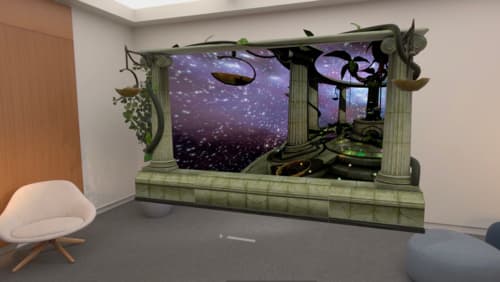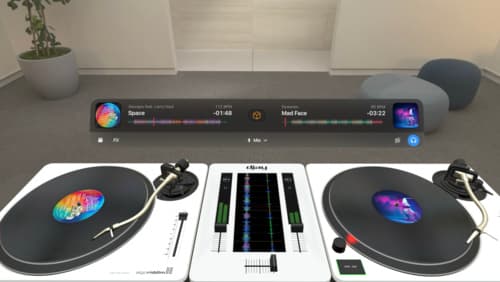How to start visionOS development
Asked on 2025-10-24
1 search
To start developing for visionOS, you can follow these steps based on the information from the WWDC sessions:
-
Use the visionOS SDK: Begin by adding visionOS as a supported destination in your app's build settings. This involves selecting the iOS target and then adding Apple Vision as a supported destination. This step is crucial for compiling your app with the visionOS SDK. You might encounter some compilation errors, but if your app was originally made for iOS, most of the code should compile successfully. For more details, you can refer to the session Bring your iOS or iPadOS game to visionOS.
-
Design Considerations: When designing apps for visionOS, it's important to embrace immersion and ensure interactions are comfortable. Apps should achieve a high bar of quality with attention to detail. You can explore Apple's human interface guidelines for the latest best practices and use design resources like Figma and Sketch kits to expedite prototyping. For more insights, check out the session Design great visionOS apps.
-
HealthKit Integration: If you're working with HealthKit, you can add visionOS as a destination to your app target to enable running your app on the platform. The app will use the same HealthKit data authorization configurations as iPadOS. For more information, see the session Get started with HealthKit in visionOS.
-
Spatial Computing: VisionOS is built on the foundation of macOS, iOS, and iPadOS, allowing you to use common tools and frameworks like SwiftUI, RealityKit, and ARKit. These frameworks are at the core of developing spatial apps for visionOS. For a broader overview, refer to the Platforms State of the Union.
These steps provide a foundational approach to starting development on visionOS, leveraging existing iOS and iPadOS apps, and enhancing them for spatial computing.

Bring your iOS or iPadOS game to visionOS
Discover how to transform your iOS or iPadOS game into a uniquely visionOS experience. Increase the immersion (and fun factor!) with a 3D frame or an immersive background. And invite players further into your world by adding depth to the window with stereoscopy or head tracking.

Optimize for the spatial web
Discover how to make the most of visionOS capabilities on the web. Explore recent updates like improvements to selection highlighting, and the ability to present spatial photos and panorama images in fullscreen. Learn to take advantage of existing web standards for dictation and text-to-speech with WebSpeech, spatial soundscapes with WebAudio, and immersive experiences with WebXR.

Design great visionOS apps
Find out how to create compelling spatial computing apps by embracing immersion, designing for eyes and hands, and taking advantage of depth, scale, and space. We’ll share several examples of great visionOS apps and explore how their designers approached creating new experiences for the platform.
